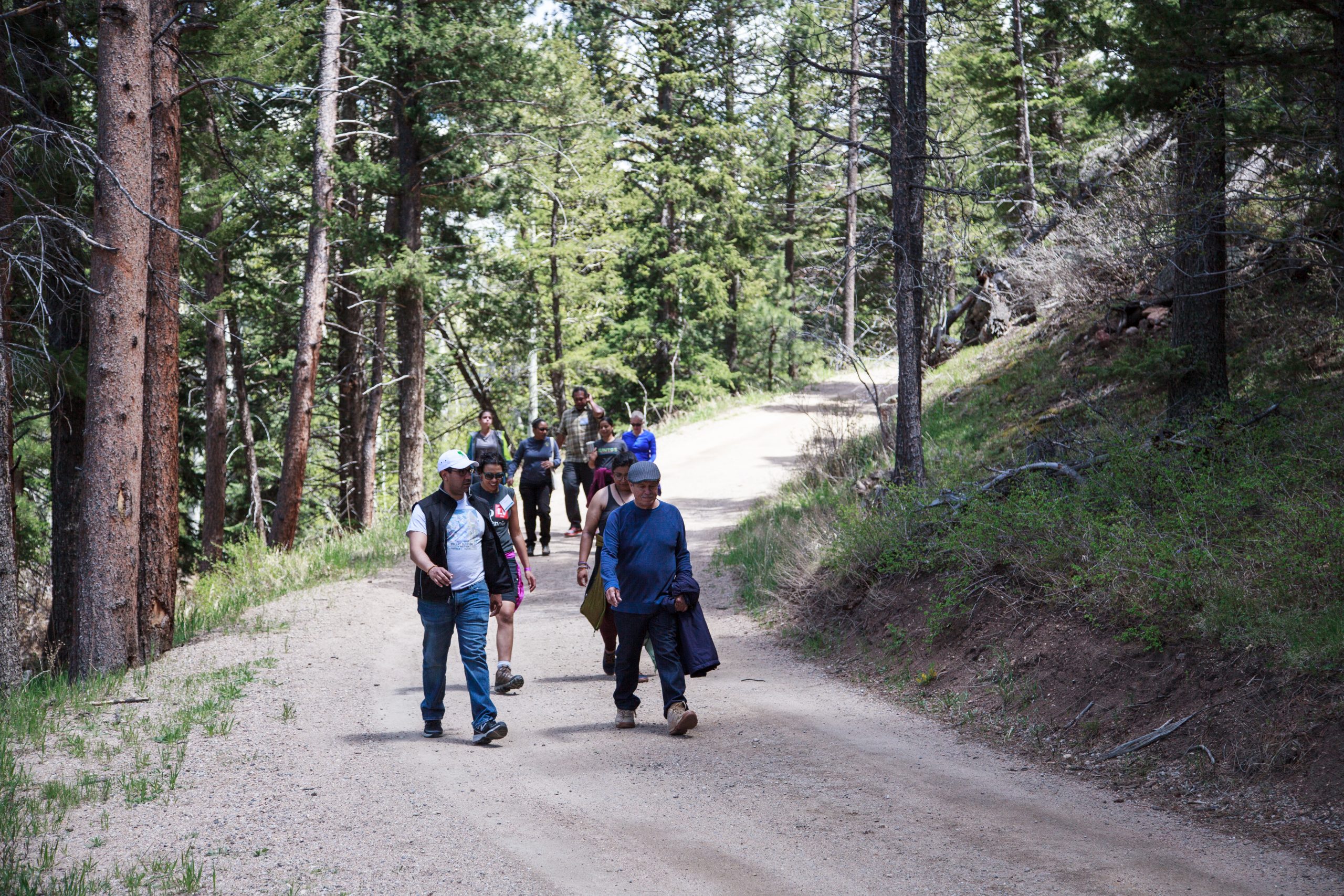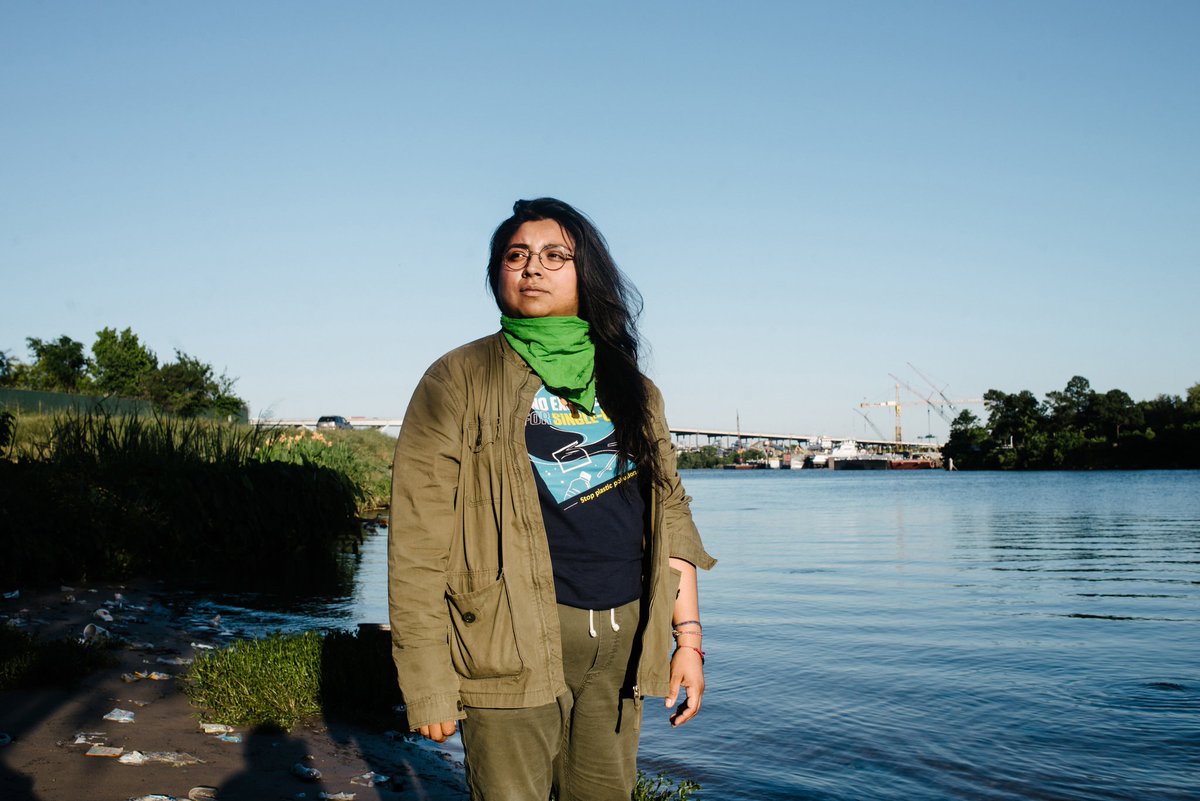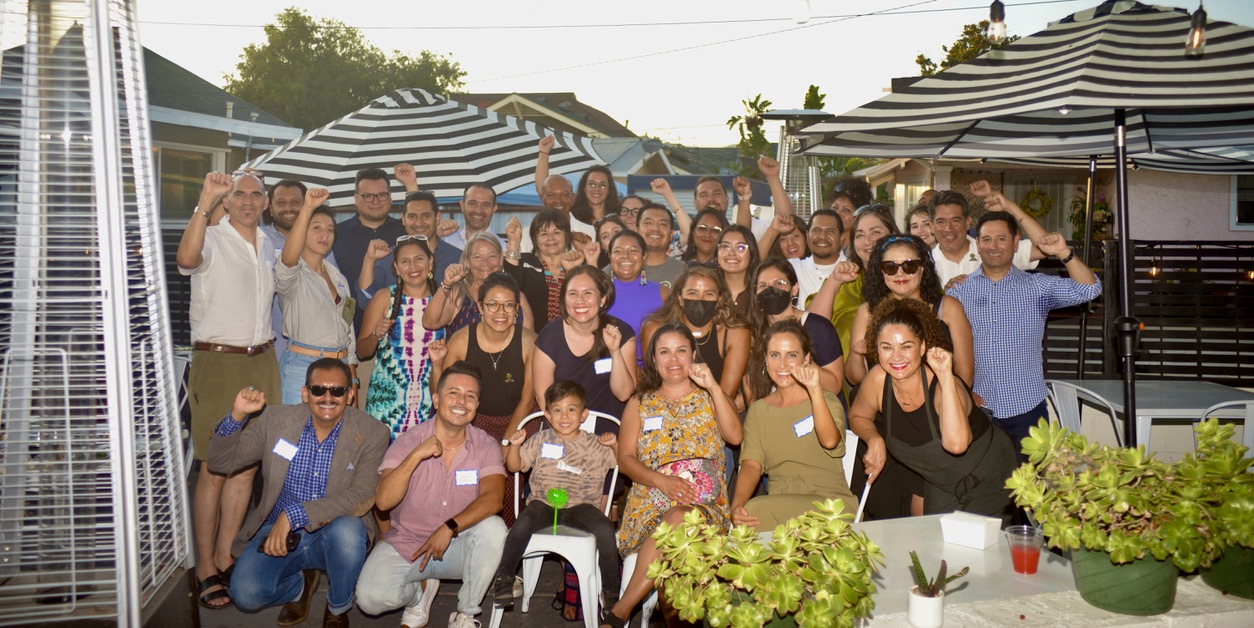By: Olivia Juarez
Will you tell the next generation you did everything you could to defend public land and the truth? Take the pledge to future generations.
Cinco de Mayo has long been misunderstood and misrepresented in mainstream American culture, stripped of its roots in anti-imperialist resistance and Latino resilience. Today, reclaiming the truth behind Latine history is more urgent than ever. Cinco de Mayo is not Mexican Independence Day. That day is today, September 16, during National Hispanic Heritage Month. Rather, Cinco de Mayo celebrates the victory at la Batalla de Puebla, when against all odds an outgunned and outnumbered battalion pushed the French Empire out of Puebla, México.
The importance of these dates is underlined by extreme right wing policies. President Trump’s Executive Order a whitewash history is an attempt to minimize the contributions and struggles of communities of color in shaping this nation, erase the realities of oppression, and silence honest, inclusive conversations about U.S. history on public lands and in public institutions.
VerdeLatinos Takes Back Cinco de Mayo in response to this kind of erasure. Cinco de Mayo is not a party theme — it is a symbol of resistance and an assertion of sovereignty and dignity in the face of authoritarianism. This moment matters not only to Mexican-Americans, but to all whose histories are too often dismissed, distorted, or ignored. Cinco de Mayo is one victorious battle in the history of Latinoamérica alongside the Jayuya Uprising, The Haitian Revolution, The Pueblo Revolt of 1680, The Sandinista Revolution, and The Cuban Revolution, where communities stood up against the odds to defend their land, water and cultures.
On May 5, GreenLatinos was joined by Sehila Casper of Latinos in Heritage Conservation and Christian La Mont of Latinos al aire libre for an online encuentro exploring the history of Cinco de Mayo’s relevance to mainstream American culture, and the utilization of social media for storytelling and recording our histories in our own words.
Christian began with a personal story about his family's involvement in the Mexican Revolution and used photographs to illustrate how individuals can shape their own narratives and preserve community history through social media.
Sehila with the support of Team LHC’s call on all to support the preservation and accurate interpretation of Latine history in the U.S. and territories of cultural, historical and social importance. Nominate an Endangered Latinx Landmark.
Four actions you can take to preserve and reclaim your histories and cultures.
- Interview your family members
- Take photos
- Write a blog post – contact [email protected] to inquire about publishing a GreenLatinos.org blog post or contribute your story to the Latino Outdoors Yo Cuento Blog.
- Share what you document and your stories on social media.
GreenLatinos Founding President and CEO Mark Magaña says that we are living in a documentary moment. One day there will be documentaries about what we did to confront those who seek to drill, mine, pollute and otherwise destroy our cultural heritage and communities. Who will make those documentaries and where will their sources come from? Take your story, your culture, your home, and your acts of solidarity into your own hands by acting today and sign the pledge to defend public land for future generations. To Recuperar el Cinco de Mayo is to take back our histories, our freedoms, y nuestra narrativa, all year long.




